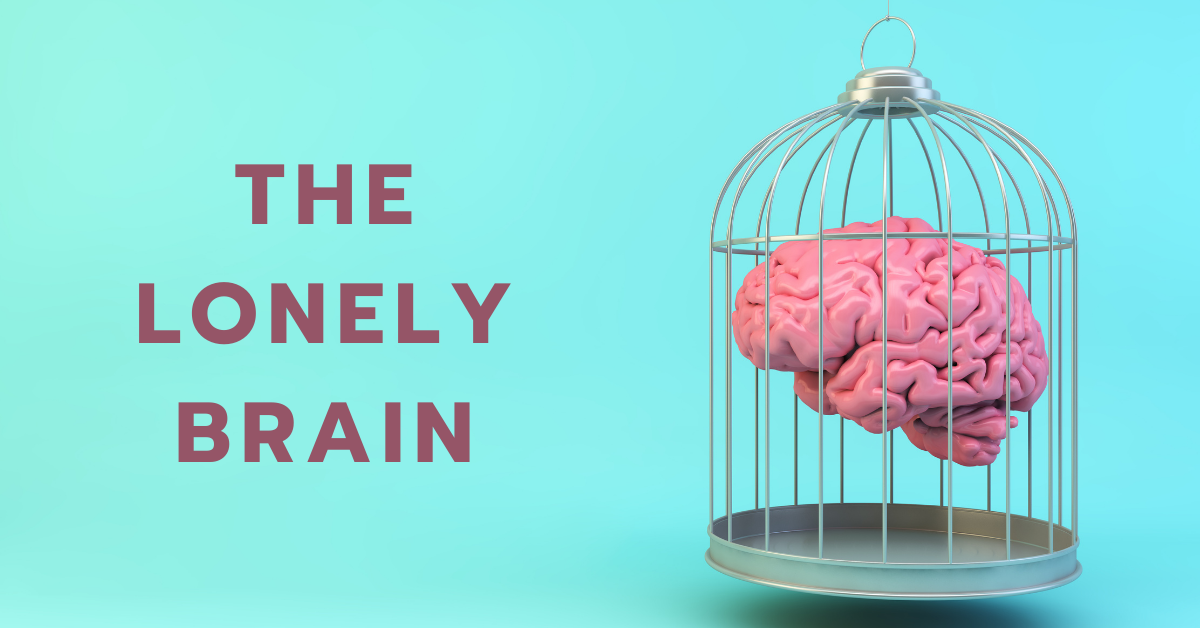The Year 2020
This year has been a year for me to look loneliness in the face, and taste, digest and process it from every single angle. It’s been challenging. Have had to dig truly deep to stay sane, healthy and motivated.
I normally fly to “family of choice” for Thanksgiving. Of course, couldn’t. 20 conferences I normally lecture at, interacting with colleagues and friends, were canceled. Dancing stopped. The gym stopped. Let alone going out, stopping. After 6 months I started to slowly and carefully travel again
Turns out loneliness can change the brain’s landscape.
What does a Lonely Brain Look Like?
McGill scientists have now looked inside the brain of humans experiencing loneliness, with MRI’s, to show what a lonely brain looks like.
There is a “signature in the brains of lonely people” that make their brains distinct in fundamental ways.
Brain volumes alter. Regions of communication across brain networks alter.
The McGill researchers looked at magnetic resonance imaging (MRI) data, genetics and psychological self-assessments of approximately 40,000 middle-aged and older adults who volunteered to have their information included in the UK Biobank. This is an open-access database available to health scientists around the world.
They compared the MRI data of participants who reported often feeling lonely with those who did not.
The researchers found several differences in the brains of lonely people.
These brain manifestations occur in what is called the “default network”: a set of brain regions involved in “inner thoughts” such as reminiscing, future planning, imagining and thinking about others.
Researchers found the default networks of lonely people were more strongly wired together and surprisingly, their grey matter volume in regions of the default network was “larger”.
Loneliness also correlated with differences in the fornix: a bundle of nerve fibers that carry signals from the hippocampus to the default network.
In lonely people, the structure of these fiber tracts were better preserved.
The investigators theorize that with absence of social experiences, lonely individuals internally-direct thoughts and increase reminiscing or imagining social experiences. Then, as they focus more on memories, these parts of the brain enlarge.
It reminds me a bit of visualization.
It seems, found the investigators, that those that perceive themselves as lonelier, have a heightened sense of self-reflection.
This engages and thus enlarges the memory-based functions of the default network.
Loneliness – a Major Health Problem
Loneliness is increasingly being recognized as a major health problem.
Older people who experience loneliness have a higher risk of cognitive decline and increased premature all-cause mortality.
If you know someone has gone through 2020 alone and is now facing 2021 alone… reach out.
Inquire how they are doing.
Just a text saying that you are thinking of them.
All this helps add Vitamin C— connection—to their lives.
And perhaps will calm their brains.
How we reach out to each other matters.
Being alone through this pandemic is not an easy feat.
You can help lessen someone’s load and calm down their brain and neural-networks.
Want to serve? Reach out! Connect. Care.
Dr. B.
Reference:
The default network of the human brain is associated with perceived social isolation. Nature Communications, 2020; 11 (1) DOI: 10.1038/s41467-020-20039-w

